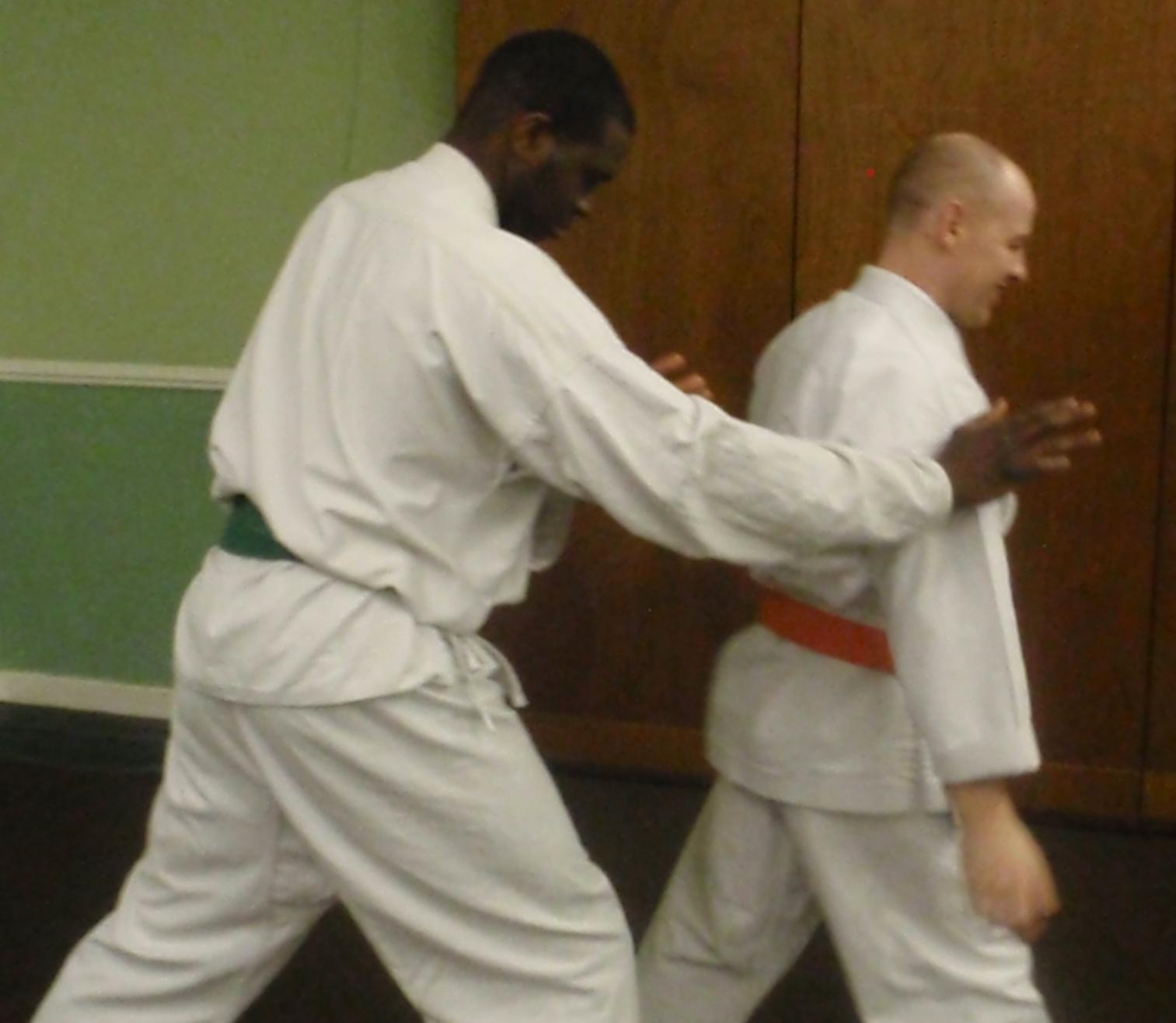
With that being said, I would also say that the majority of people in Japan I have come in contact with generally just view the word as general "body movement". I've come across a few sensei here in Japan who have made the point that tai sabaki is more or less the gateway to said skills. While not in aikido circles, I have heard the term tai sabaki used in refering to internal body skills. If that's what the kendoka meant, why didn't they say they went to him to learn kokyu, kokyu-ryoku, or ki no nagare or some other more likely term? It wouldn't be the physical movement, really, that they would be interested in, but rather the body manipulations that Ueshiba was doing to get that kind of kuzushi on contact, even from the tip of a bokken.įWIW, I haven't heard of tai sabaki being used in reference to "internal body skills". If Ueshiba could get kuzushi from the touch at the end of a bokken, I think kendo people would be very interested in that. It makes more sense to me if I think of it as body manipulation or even body handling.
#Tai sabaki shodan how to#
It wouldn't surprise me at all for kendo people to visit someone who moves well to see if they could learn how to improve their own movement.

Though they often get glossed over at lower levels, and I've not seen any indications of a purposeful curriculum for teaching body skills directly, at higher levels, there seems to be lots of attention to small details that affect how one moves and generates power: tension in the legs, alignment of the hips and spine, etc. It means something more along the lines of "handle/deal with/manipulate", so while it does mean things like "step to the left with your left foot", that's not *all* it means. The three kata became known as Tai Sabaki Shodan, Tai Sabaki Nidan, and Tai Sabaki Sandan." Later, Konishi Sensei developed two other kata based on the principles of Tai Sabaki. After the demonstration of this kata by Konishi Sensei, Ueshiba Sensei remarked that, "The demonstration you did just now was satisfactory to me, and that kata is worth mastering." Though the new kata did not contain any complex movements, it consisted of a chain of actions, with no pause after each action. He based this kata on karate, but incorporated principles found in the teachings of Ueshiba Sensei. After many months of research and training, Konishi Sensei developed a kata called Tai Sabaki (Body Movement). Thus, he requested that he be allowed to continue training in karate, intending to develop the techniques so that it would be acceptable to the great teacher. Konishi Sensei felt that karate still had much value and that he had the responsibility to develop it. However, Ueshiba Sensei remarked that Konishi Sensei should drop such nonsense for such techniques are ineffective.This comment came as a blow, since Konishi Sensei believed in karate and that held Ueshiba Sensei's opinions in the highest regard. Having already trained in karate for a number of years, Konishi Sensei demonstrated the kata Heian Nidan (which he learned from Funakoshi Sensei) to Ueshiba Sensei. Konishi Sensei carried this opinion throughout his lifetime.

Konishi Sensei considered Ueshiba Sensei to be the best martial artist he had ever known. Konishi Sensei and his wife also studied under Morihei Ueshiba, who was still teaching Daito Ryu Aikijujitsu at that time.

Nishio's Karate instructor iirc) and his Tai Sabaki kata. I think it could be interesting to also mention Karate pioneer Konishi Yasuhiro (S.


 0 kommentar(er)
0 kommentar(er)
